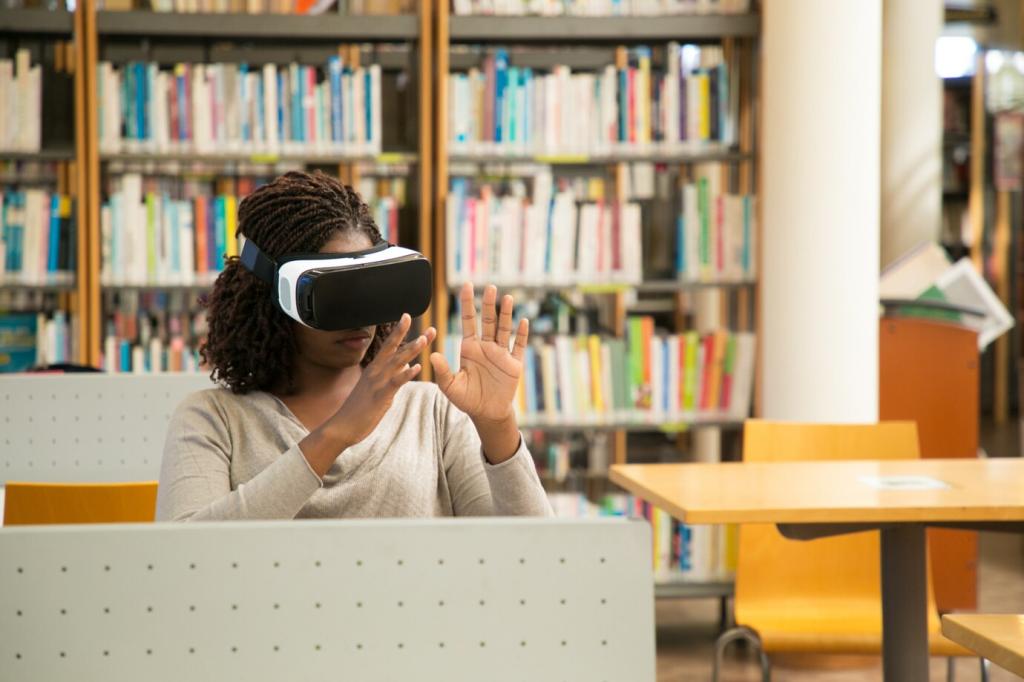Technology that Serves, Not Shines
Start with your instructional vision, then map required capabilities: adaptive practice, discussion, creation, or analytics. Pilot with a small group, collect user stories, and decide together. A modest tool used excellently beats a complex platform nobody fully adopts.
Technology that Serves, Not Shines
Personalization depends on trust. Vet vendor policies, minimize data collection, and secure parent consent. Be transparent about what is tracked and why. When communities understand the safeguards, they feel confident supporting personalized pathways that leverage responsible analytics.
Technology that Serves, Not Shines
Choose tools that integrate with your LMS and reduce logins. Streamlined workflows free cognitive bandwidth for teaching and learning. Simplicity sustains personalization because teachers can adjust paths quickly without wrestling with fractured systems or duplicate data entry.



